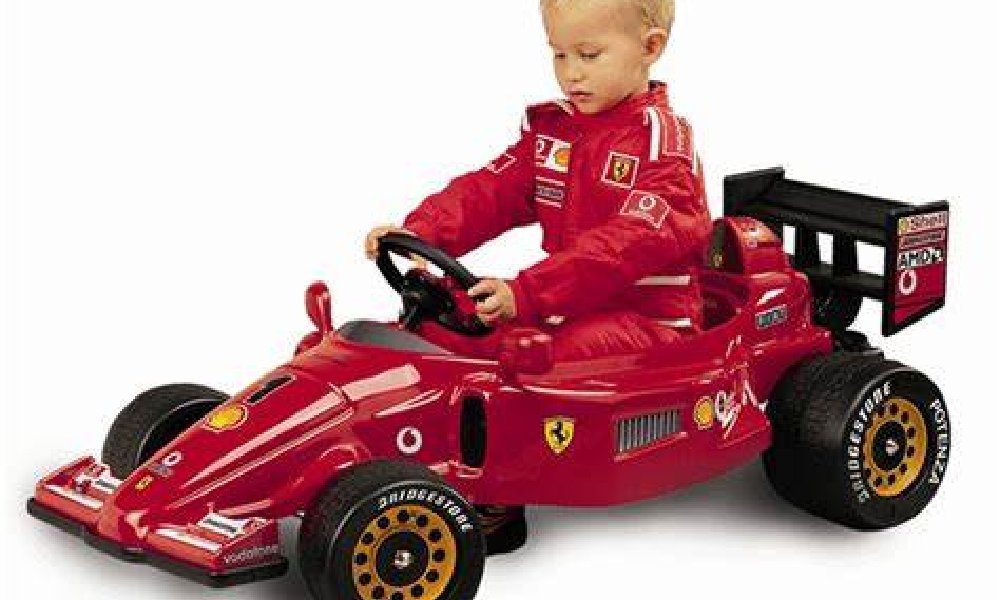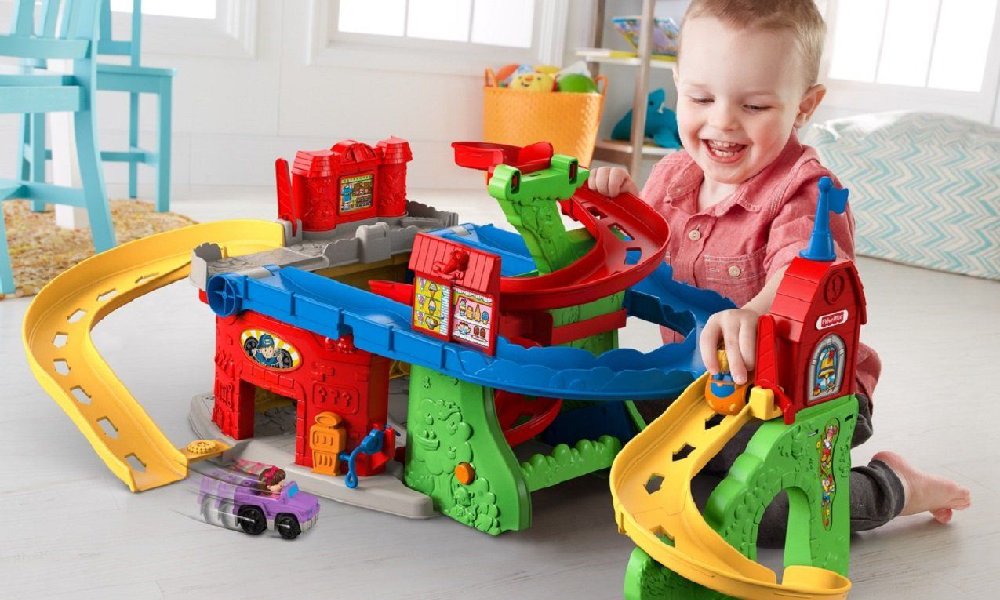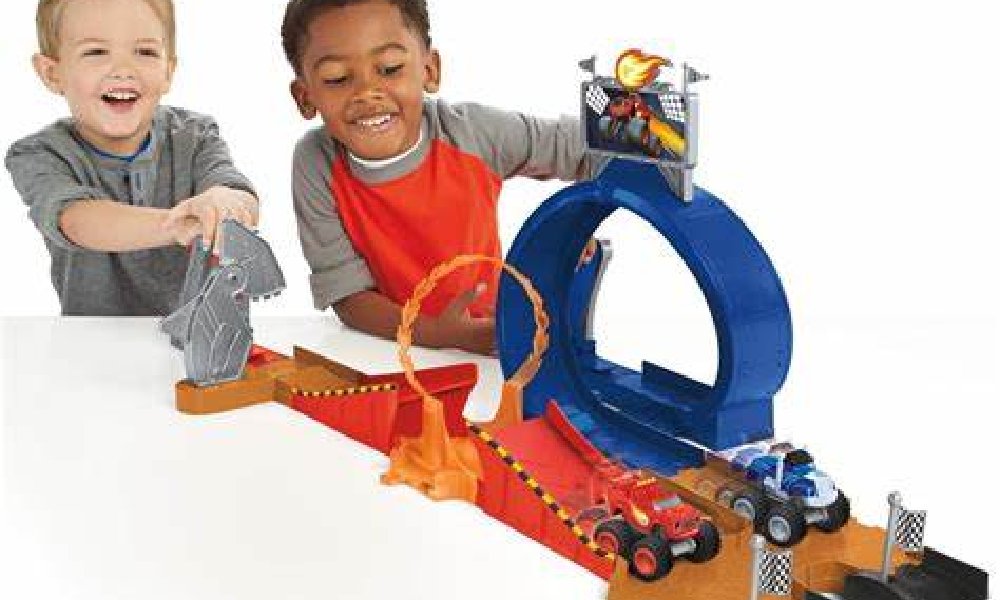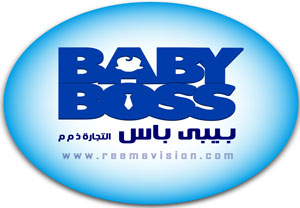Boys’ toys can encompass a wide range of products and activities, but here are some common examples of popular toys for boys:
1. Construction toys:
– Building blocks (e.g., Lego, Mega Bloks)
– Tool sets and workbenches
– K’nex, Lincoln Logs, and other construction-focused toys
2. Vehicles:
– Hot Wheels and other die-cast toy cars
– Remote-controlled cars, trucks, and planes
– Toy trains and train sets
3. Action figures and playsets:
– Superheroes (e.g., Marvel, DC Comics)
– Soldiers, police, firefighters, and other emergency services
– Dinosaurs, robots, and other sci-fi/fantasy characters
4. Sports equipment:
– Balls (e.g., footballs, basketballs, baseballs)
– Bats, hoops, goals, and other sports-related gear
5. Outdoor toys:
– Bikes, scooters, and skateboards
– Nerf blasters and other foam-based toy weapons
– Playhouses, slides, and swing sets
6. Electronic toys:
– Handheld video game consoles
– Drones and remote-controlled flying toys
– Educational tablets and coding toys
7. Arts and crafts:
– Painting and drawing supplies
– Science kits and experiment sets
– Robotics and coding kits

It’s important to note that these categories are not exclusive to boys, as many girls also enjoy playing with these types of toys. The key is to provide a diverse range of toys that allow children to explore their interests and develop various skills, regardless of gender.
Do girls play with the same types of toys as boys?
Yes, girls often play with the same types of toys as boys. While there may be some traditional gender associations with certain toys, it’s becoming increasingly common for both boys and girls to engage with a wide range of toys and play activities.
Here are some key points about the overlap in toys between girls and boys:
1. Shared interests: Many toys, such as construction sets, vehicles, action figures, and sports equipment, appeal to both genders. Children of all backgrounds often enjoy the same types of creative, imaginative, and active play.
2. Evolving gender norms: Traditional gender stereotypes about toys are gradually breaking down, as parents, educators, and toy manufacturers recognize the importance of providing children with a diverse range of playtime options.
3. Individual preferences: Each child has their own unique interests and preferences, which may not always align with traditional gender associations. It’s important to encourage and support children’s natural inclinations, regardless of societal expectations.
4. Educational benefits: Toys that were once primarily marketed to one gender can benefit children of all genders in terms of developing skills, such as problem-solving, creativity, and physical coordination.
5. Encouraging inclusivity: Promoting gender-neutral toy options and challenging gender stereotypes can help create a more inclusive and supportive environment for all children to explore and develop their interests.
While there may be some differences in the specific toys that individual girls and boys gravitate towards, the overall trend is towards greater overlap and acceptance of children playing with a wide range of toys that align with their personal preferences and developmental needs.
How can educators and toy manufacturers contribute to breaking down traditional gender stereotypes in toys?
Educators and toy manufacturers can play a significant role in breaking down traditional gender stereotypes in toys. Here are some ways they can contribute to this effort:

For Educators:
1. Modeling inclusive behavior: Educators can set an example by actively encouraging and supporting children of all genders to engage with a wide range of toys and activities, regardless of traditional associations.
2. Diversifying classroom resources: Ensure that the toys, books, and other educational materials in the classroom represent a diverse range of interests and appeal to children of all genders.
3. Facilitating discussions: Incorporate discussions about gender stereotypes and the importance of inclusivity into the curriculum, encouraging children to explore and challenge preconceived notions.
4. Organizing gender-neutral activities: Plan events, field trips, and extracurricular activities that are designed to be inclusive and appealing to children of all genders.
5. Collaborating with toy manufacturers: Provide feedback and suggestions to toy companies on how they can develop products that are more gender-inclusive and representative of diverse interests.
For Toy Manufacturers:
1. Avoiding gender-specific marketing: Refrain from using overtly gendered language, colors, or imagery in the marketing and packaging of toys.
2. Expanding product lines: Develop toys and playsets that are designed to appeal to a wide range of interests, rather than catering to traditional gender stereotypes.
3. Ensuring diverse representation: Incorporate diverse characters, role models, and narratives in toy designs, reflecting the diversity of the real world.
4. Collaborating with educators and experts: Engage with education professionals and child development specialists to gain insights on how to create toys that are more inclusive and supportive of children’s holistic development.
5. Advocating for change: Use their platform and influence to promote the importance of gender-neutral toys and challenge societal perceptions about what toys are “appropriate” for different genders.
By working together, educators and toy manufacturers can create a more inclusive and empowering environment for children to explore, learn, and thrive, regardless of their gender.
Can you provide examples of successful gender-inclusive toy lines or educational initiatives that have made an impact?
Certainly! Here are some examples of successful gender-inclusive toy lines and educational initiatives that have made a positive impact in breaking down traditional gender stereotypes:
1. Lego’s “Everyone is Awesome” LGBTQ+ set:
– In 2021, Lego released a gender-inclusive LGBTQ+ pride-themed set, featuring a diverse range of colorful minifigures.
– The set aimed to celebrate diversity and promote inclusivity in the Lego community.

2. Barbie’s Inspiring Women Series:
– Mattel’s Barbie brand has introduced a series of dolls highlighting influential women from various fields, such as Amelia Earhart, Rosa Parks, and Maya Angelou.
– This initiative aims to inspire young girls (and boys) to explore a wide range of career paths and role models.
3. GoldieBlox’s engineering toys for girls:
– GoldieBlox is a company that creates construction toys and storybooks designed to engage girls in STEM (Science, Technology, Engineering, and Mathematics) education.
– Their products encourage girls to develop problem-solving, critical thinking, and spatial awareness skills traditionally associated with boys.
4. Target’s gender-neutral toy aisles:
– In 2015, the retail giant Target announced that it would be removing gender-based signage from its toy aisles, allowing customers to browse toys without traditional gender associations.
– This initiative was praised for its efforts to create a more inclusive shopping experience for children and families.
5. The SPARK Movement’s “Toys Are for Everyone” campaign:
– The SPARK Movement is a girls’ advocacy organization that launched a campaign to challenge the marketing of toys along gender lines.
– The campaign included educational resources, social media activism, and engagement with toy manufacturers to promote more inclusive toy design and marketing.
These examples demonstrate how both toy companies and educational initiatives can make meaningful strides in challenging gender stereotypes and creating more inclusive, empowering environments for children of all genders to explore, learn, and play.




